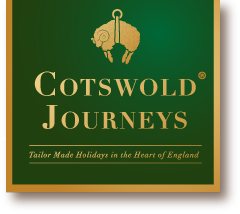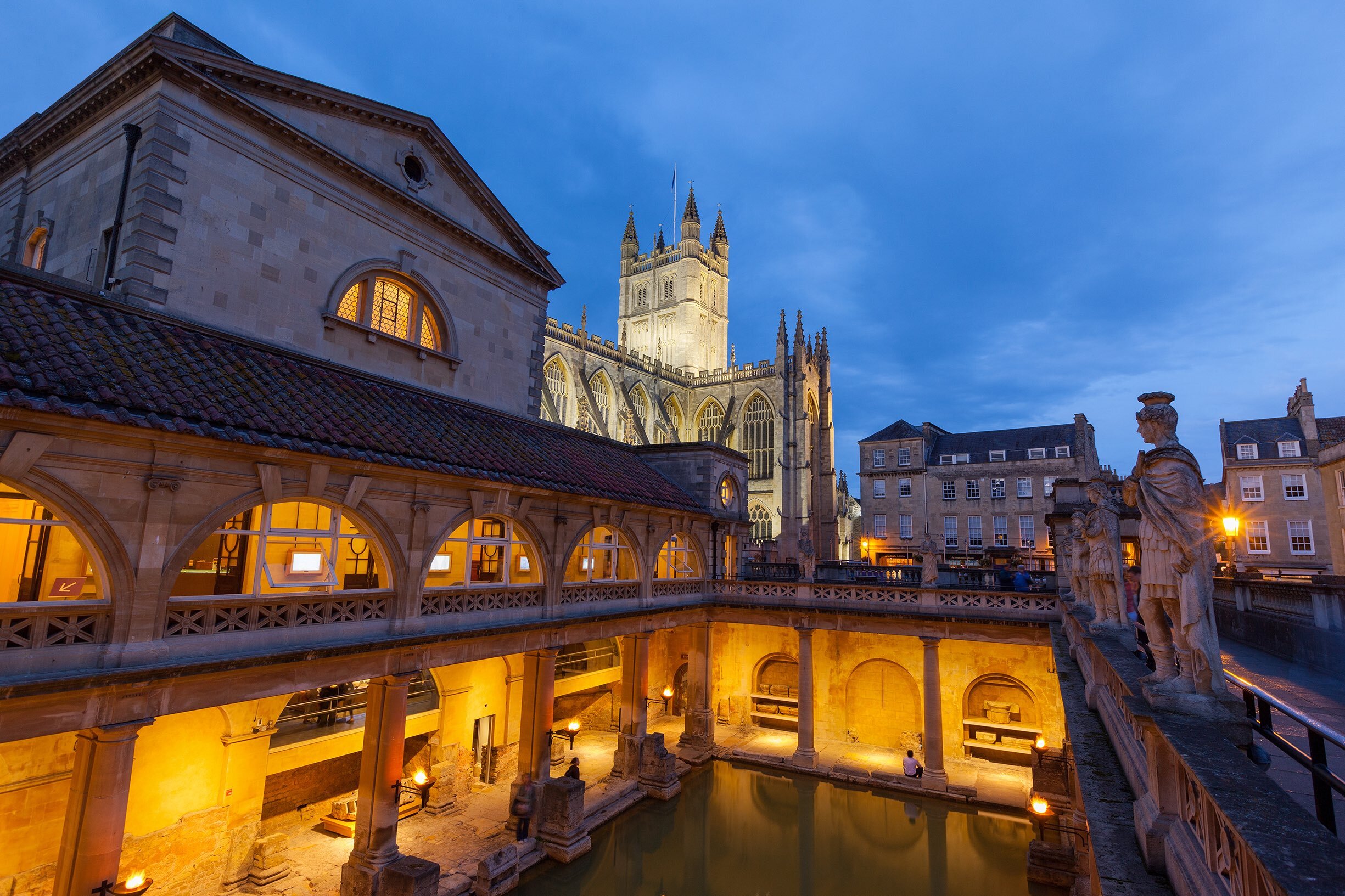The Abbey of St. Mary was the biggest of the five Augustinian houses founded by Henry I, and the wealthiest. The building began in 1117, on the land, now a park, immediately behind the present-day Parish Church. All that remains of the abbey church are the stumps of a few pillars, although its original layout is clear. For its upkeep, Henry I gave the Abbey lands in Berkshire, Gloucestershire, Northamptonshire, Oxfordshire, Somerset, and Wiltshire, with a third of the taxes from Cirencester’s market and two-thirds of revenues of the manor. In 1189 Richard I granted to the Abbot the town and manor of Cirencester, for an annual rent of thirty pounds. The Abbot owned and developed properties throughout Cirencester, particularly in Abbot Street (now Coxwell Street) and the Market Place. The Abbey, which must have dominated the town in every respect, was dissolved by Henry VIII in 1539. Although the days and the nights of the canons were punctuated with religious obligations (the Canonical hours, including Prime, the first office or service of the day, to midnight when they sang the final office of the day, Matins and Lauds), in the afternoons they worked for five hours in the fields, gardens, workshops, offices, and kitchens. Furthermore, they were administrators, servicing churches and their estates. The Abbot was a manorial landlord and had considerable authority over his tenants, each of whom had to work a certain number of days a year on the Abbot’s lands. Tenants could only buy and sell goods at the weekly market provided they paid the Abbot a tax, known as the ‘chepingavel’.
The precincts of the Abbey of St Mary, including the religious buildings, two farms, dovecotes, orchards, mills, and gardens, were enclosed by a wall. The religious buildings consisted of the Abbey Church itself, a chapter house and cloisters, a library, and a room for the storing of robes. There was also a refectory with kitchens and latrines, an infirmary, and an inn for pilgrims. The Abbey had an extensive working library of 200 volumes, many of which would have been produced in the Abbey’s own scriptorium. All that now remains of the abbey are the 12th-century Spital Gate (by the main road – one of three original gates), a few stretches of wall, and part of the nave of St John’s Hospital (located in Spitalgate Lane), built during the reign of Henry I (1154 – 1189).


0 Comments